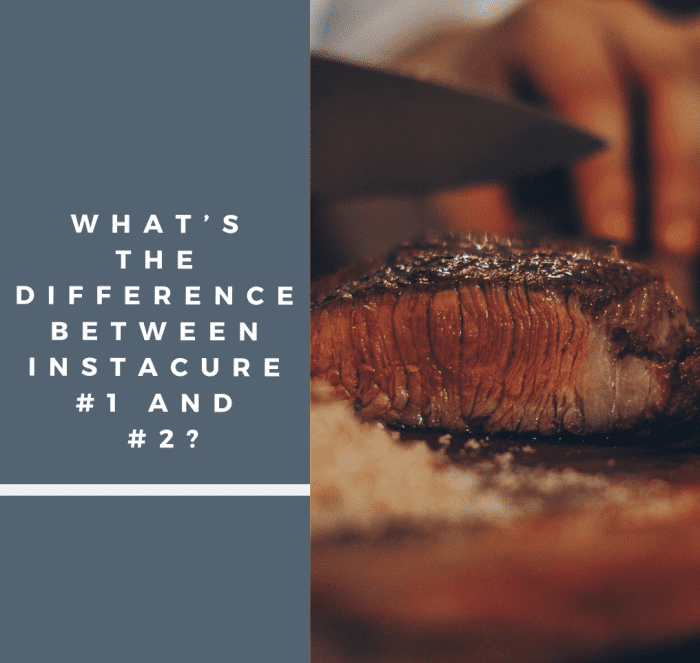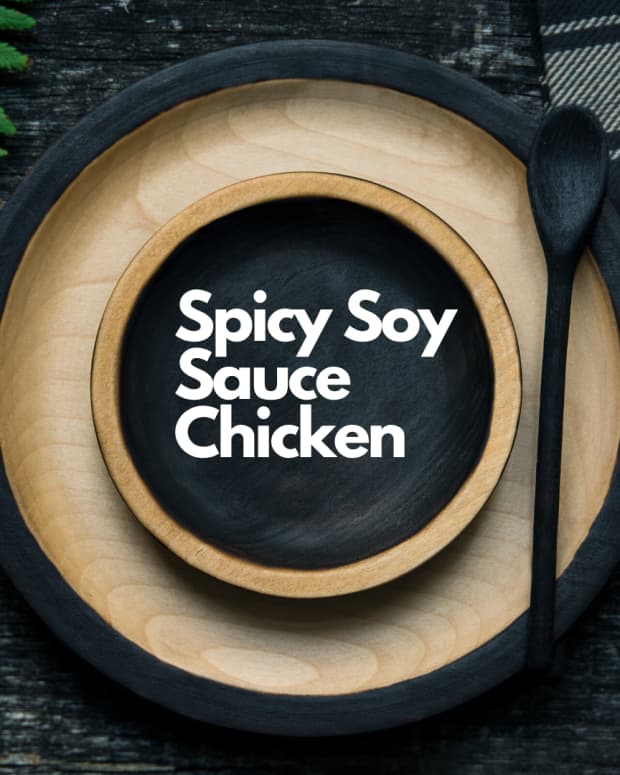What’s the Difference Between Instacure #1 and #2?
John D Lee is a chef and restauranteur living and working in Chiang Mai, Thailand. He's always loved to cook.
If you’re interested in curing meat, you are probably reading recipes that call for things like sodium nitrite or sodium nitrate, Prague powder 1 or 2, or Instacure 1 or 2.
Here is a brief explanation of what each of these ingredients is and what it's used for. I am not a scientist, so my explanations are in layman's terms, but this should be enough for most cooks who are trying to understand what they’re working with.
Some Basics
- Instacure 1 and Prague powder 1 are the same, as are Instacure 2 and Prague powder 2.
- Instacure 1 contains 6.25% sodium nitrite and 93.75% salt.
- Instacure 2 contains about 6.25% sodium nitrite, about 1% sodium nitrate, and about 92.75% salt.
What Are Both Cures Used For?
These cures are used in meat preservation, often in the making of things like bacon, ham, or sausages, or air-dried products like dried sausages.
Cures are used to:
- Prevent the possibility of botulism in the meat.
- Aid in preservation.
- Improve the flavor of the finished product.
- Render the finished cooked product pink in color (if you don’t use a cure, your bacon will be grey).
What Is Instacure 1 Used For?
Instacure 1 is used for any type of cured meat product that will require cooking, such as bacon, hams that are not air-dried, and smoked sausages.
- 2 tsps of Instacure 1 is enough to cure roughly 10 lbs of sausage or bacon.
What Is Instacure 2 Used For?
Instacure 2 is used for meat products that will be air-dried and not cooked, such as dried salamis, pepperonis, and some air-dried hams.
The reason for the addition of sodium nitrate in Instacure 2 is that over a long curing period, sodium nitrate breaks down very slowly into sodium nitrite.
In the words of the great sausage maker, Rytek Kutas, sodium nitrate works like an extended-release medication for meats that require very long curing times, like dry cured sausages.
Why Are the Cures Dyed Pink?
Cures are dyed pink so that you won’t confuse them with table salt and use them in quantities that might put people in danger.
Sodium nitrite, even in small quantities, is very dangerous and can kill. The lowest known lethal dose of sodium nitrite is 71mg per kg of body weight. At this level, about a tsp of pure sodium nitrite could be enough to kill an average-sized adult.
This is why it is mixed in small quantities with salt, dissolved into water, turned back into a uniform crystal, and then dyed pink.
Don’t be afraid to use curing salts, but do respect their potency. Keep them away from those who don't know how to use them. Make sure you understand how much you should be using in any given situation.
When using the Internet as a source, be sure to double- or triple-check on other sites any information given about nitrite quantities. Verify that what you are going to do is in fact safe for you and your family.
Comments
issaonthego on May 15, 2019:
Would like to make corned beef and pastrami...is this the type of cure I would use for the beef?
Pete on January 12, 2018:
If I cold smoke sausage with prague powder 2. How long do I have to hang them till they are safe to eat or is it safe right away
patrick on December 13, 2017:
Thanks for the concise info; makes sense. other answers were too vague.
Peter on September 30, 2017:
I forgot to add the Instacure #2 to my pepperoni sausage. Do I need to throw the links away?
ChunkyGravy on February 12, 2014:
This is semi-accurate. You can still use InstaCure #1 for fish and other products that won't be cooked. InstaCure#1 is for short curing periods while InstaCure#2 is for extended curing, particularly in fermented sausages and dried products.
ted on August 31, 2011:
what is the natural way to cure meat
















